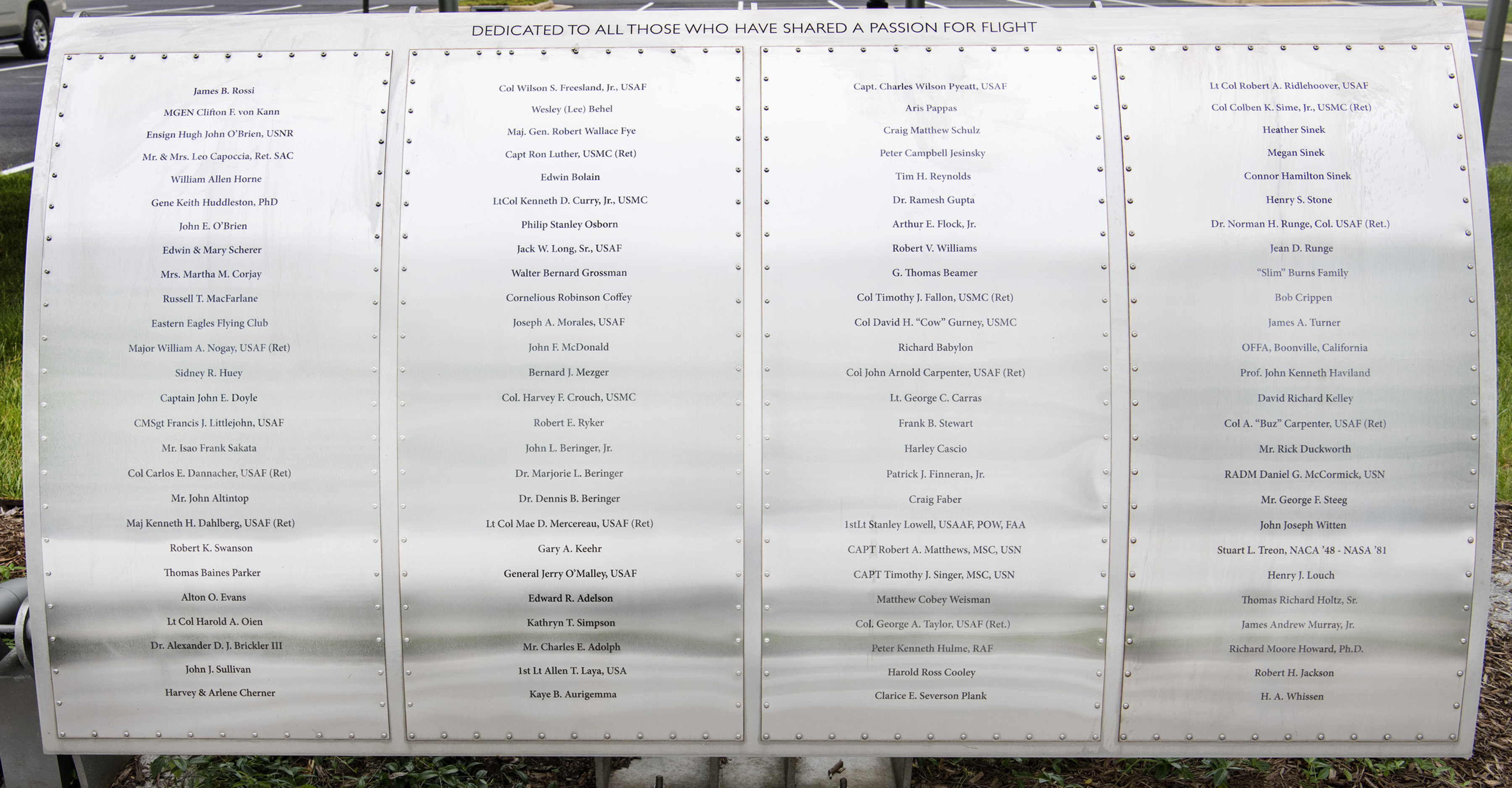Henry J. Louch

Foil: 37 Panel: 4 Column: 1 Line: 21
Wall of Honor Level: Air and Space Leader
Honored by:
Elizabeth and Anne Marie Louch
Henry J. Louch was born in London, England in 1920 and completed the equivalent of an M.S. degree in electrical and mechanical engineering over the period of 1937-1949. Henry was a member of the Institution of Electrical Engineers, an Associate Fellow of the Royal Aeronautical Society, and was a Chartered Engineer of the Council of Engineering Institutions - all of London, England.
During World War II, Henry was a member of the U.K. Government scientific/technical team engaged in the RDTE (research, development, test, & engineering) of airborne radar systems for tactical use in the Atlantic, Mediterranean, and Pacific areas of operation, and participated in the development of ASW (airborne surveillance & warning) radars and ECM (electronic countermeasures) system concepts. He also served in the Home Guard and was awarded the Defence Medal.
After the war, Henry conducted systems research and engineering associated with the development of the avionics subsystems for the CANBERRA tactical twin jet bomber while employed at English Electric Company, and later at Handley Page Ltd. he designed and developed the flush-type antennas for the VICTOR strategic jet bomber and their structural integration with the airframe.
In 1950, Henry with his wife Dorothy immigrated to Canada where he worked with Fairey Aviation Company of Canada. There, he conducted analysis design and development associated with the modification of the avionics and armament systems in the Avenger TBF-3 airplane to accommodate a Royal Canadian Navy requirement for a carrier-based ASW airplane to patrol the Atlantic seaboard. Following that, Henry worked for Bristol Aircraft (Western) Ltd. where he conducted research and engineering activities in the application of ground communication and avionics systems for the Royal Canadian Air Force in support of NATO commitments.
In 1956, Henry, with Dorothy and their daughter Elizabeth, emigrated to the United States and moved to Burbank, California to work with Lockheed Aircraft Corporation as an Avionics Systems Engineer, working on the F-104, W-2V, and airborne collision-avoidance projects.
In 1958 at Lockheed Missiles and Space Company, as a Research and Development Engineer, he worked on the X-7 and Q-5, Polaris, and Agena, and the effect of nuclear detonation in space on radio propagation. He was an inventor of the Lockheed Optimized Ground Station Receiver System.
From 1961, as an Operations Research Scientist and Advanced Systems Engineer with Lockheed-California Company, Henry was part of the Skunkworks team and his work included:
* Cost effectiveness analyses performed in connection with advanced system concepts related to ASW, AEW, ESM, and Navy C-3 (US Navy Command and Control).
* An assignment with CINCLANTFLT during 1968-70 to develop and test a methodology for evaluating fleet unit readiness relative to mission areas.
* System integration, analysis, and test of surveillance sensors and avionic sub-systems in the SR-71 (Blackbird) advanced concept.
* Management of space communications research and engineering relative to manned spacecraft concepts.
* Advanced systems research and engineering related to telemetry, tracking, data management, and command and communication links required for manned space-vehicle operation and interface with ground station network facilities.
* Advanced systems research and engineering support to the development of unmanned airborne surveillance vehicles.
In 1975 he was Chairman of the NSIA Ad Hoc Study, "Integration of Shipboard Tactical Systems for Improved Effectiveness," relative to the CV/CVA that examined the role of the TFCC (Tactical Flag Command Center) in improving Fleet effectiveness and member of the NSIA ASW AC C3 Subcommittees.
Publications include Evaluation of Armament Effectiveness by Electronic Scoring, May 1960 and A Digital Phase Angle Measurement System, September 1963.
Wall of Honor profiles are provided by the honoree or the donor who added their name to the Wall of Honor. The Museum cannot validate all facts contained in the profiles.
Foil: 37
All foil images coming soon.View other foils on our Wall of Honor Flickr Gallery
